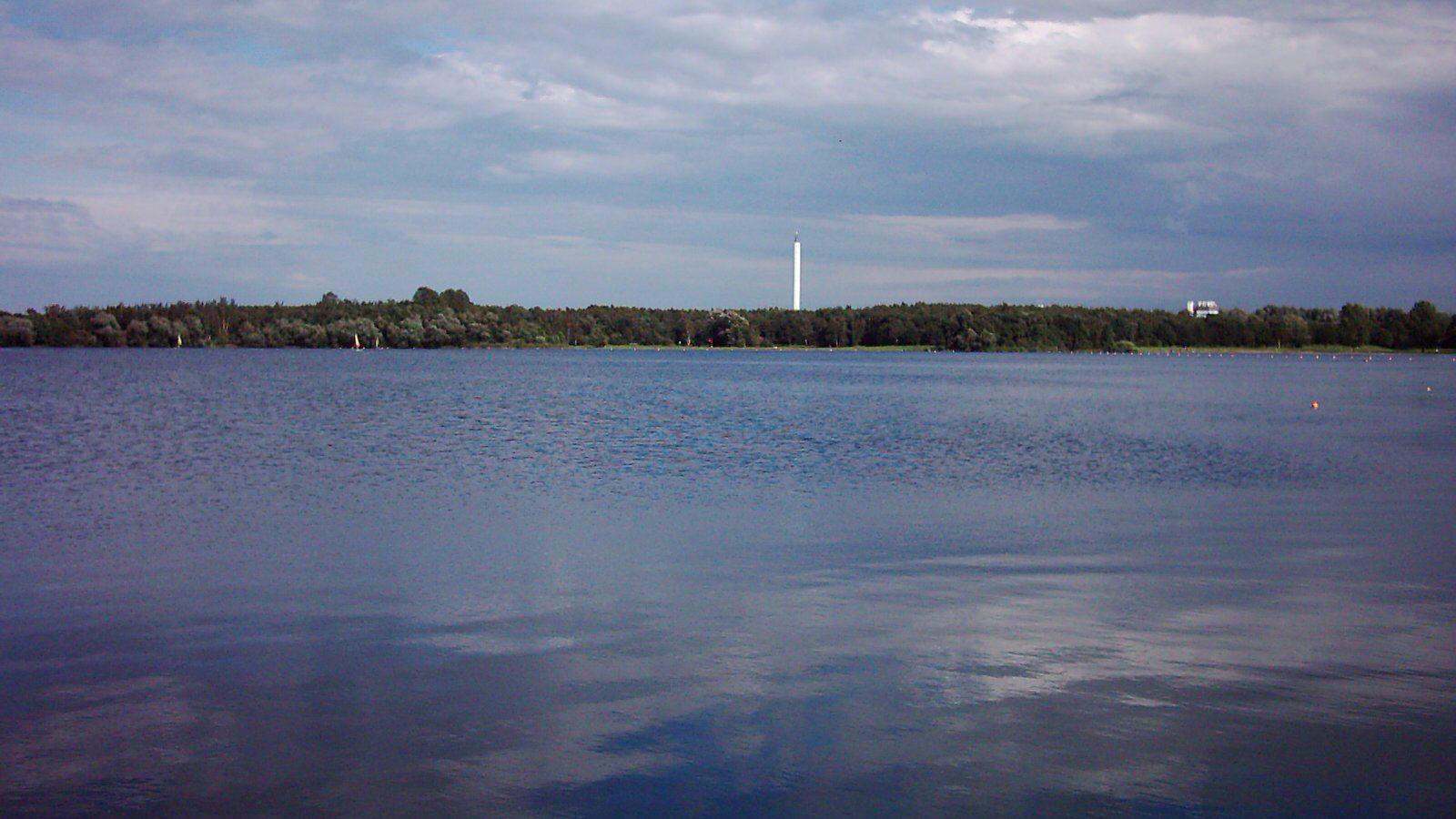
© Kai Bojens
3 Things That You Didn’t Know About the University of Bremen
Strange Facts from the University’s Founding Era
What an old musty door, sand, and Mr. Mann have to do with the founding of the uni - a compilation.
Student Movement Members Part of Founding Board
What was the University of Bremen going to be like in detail? That decision lay in the hands of twelve people who joined forces within the founding senate in 1968: 6 university teaching staff, 3 assistants, and 3 students discussed and designed under the lead of Professor Walther Killy.
The three students included Detlev Albers and Gert Hinnerk Behlmer, who were responsible for the most well-known slogan of the West German student movement. On November 9, 1967, the ceremony for the change in President of Universität Hamburg was to take place. Directly in front of the university dignitaries, both activists unrolled a protest poster stating, “Under the gowns is the musty odor of a thousand years” (“Unter den Talaren der Muff von 1000 Jahren”).
The founding senate broke up in January 1970. A second founding senate continued the conceptualization of the University of Bremen. That particular group no longer included Albers and Behlmer.
The University Is Located on the Bed of the “Unisee” Lake
The University of Bremen was literally built on a green field. In 1964, the city of Bremen purchased 250 hectares of damp cow’s pasture for 35 million German Mark. The ground had to be removed with a digger and the space filled with sand in order to create a stable foundation for the university buildings. 1.6 million cubic meters of peat soil were swapped for two million cubic meters of sand. The sand came from a nearby dredging point and this resulted in the creation of a lake that was 17 hectares big and 16 meters deep: The “Stadtwaldsee” lake - also known as the “Unisee.” The peat that was removed was disposed of to the west of the Kuhgraben canal and left there. What one can find there today is the Uni Wilderness - a natural area with rare plants and animals.
An Earlier Advocate of the Uni: Golo Mann
When classes began on October 19, 1971, the University of Bremen only had 459 students. However, the university was on everyone’s lips across Germany. The “Bremen Model” was practiced on campus – a system that broke with some established university traditions. Many of the academic establishment regarded it as too radical. For them, the university was a “communist training center.” That this type of criticism is often based more on ideology than fact is something that Golo Mann, a historian and son of Thomas Mann, ascertained on a visit in 1971. He subsequently wrote the following in the “Deutsche Zeitung/Christ und Welt” newspaper:
“For example, a new university is being founded somewhere there. From the majority of the press, including some quite serious newspapers, the observer gets the impression that it is some entirely radical, subversive, dangerous company, or a university that is only to teach how to start a revolution and nothing else. If the observer goes there himself and listens to the discussions of the university founders for a day, he will experience something entirely different: A sensible, fact-based, tolerant atmosphere, plans on how students can learn and work more and not less, especially in the traditional sciences with new methods, and not only with the approach that there should be a reigning political orientation. Thus, the newspapers, which the observer believes, feed him preconceptions and not correct or fair judgments that are informative.”